Beneath the ocean surface, there’s an entire world of coral metropolises, light-speckled caves and forgotten shipwrecks to discover. While snorkelling will help you snatch glimpses of the fathoms below, scuba diving is truly the best way to see it all. So, grab your fins – here’s our guide to the best places to scuba dive across the world.
Scuba season typically runs between October and April, giving you a perfect excuse to go sun seeking during the colder months. Before embarking on your aquatic adventure, remember to make your own safety a priority by choosing reputable dive centres and recommended dive masters.
You can also make sure you’re well prepared with Chubb travel insurance, which covers PADI-certified divers and those heading out with a qualified instructor up to a maximum depth of 30 metres. What’s more, you can earn miles at a rate of HKD1 = 1 up to 500 with your purchase, helping you fund your next adventure.
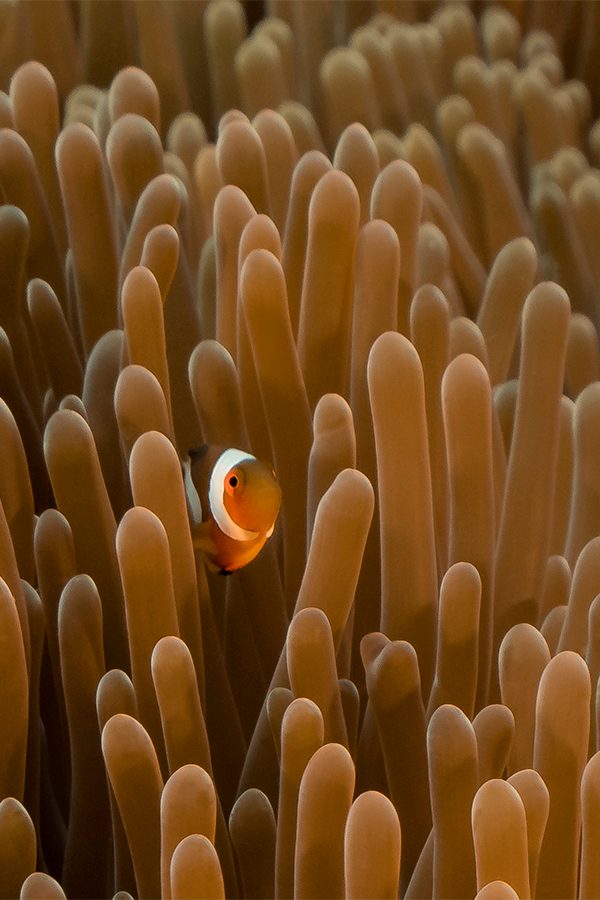
Credit: Getty Images
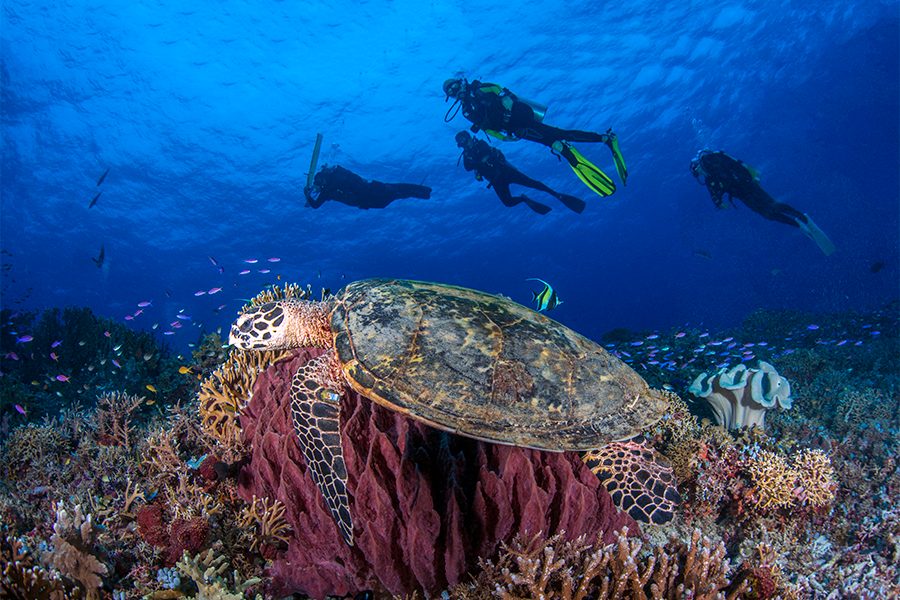
Credit: Getty Images

Credit: Getty Images
Tubbataha Reefs Natural Park, Philippines
Best for: Dive photography, enormous coral walls, gigantic marine life
Things to see: Endless schools of tropical fish, soft corals, sea turtles
When to go: March to June for the calmest waters, and when boats are allowed in the marine park
Tubbataha is one of the Philippines’ best kept secrets, despite its Unesco World Heritage Site status. To get there, you must sail out from Palawan, staying overnight on a boat in the Sulu Sea alongside other passionate divers between March and June. Spanning roughly 100,000 hectares, Tubbataha is divided into several rainbow atolls. Descend its coral walls teeming with over 600 species of tropical fish and watch reef sharks, manta rays and even the occasional whale shark glide above you. Best suited to more advanced divers due to the occasional strong current and night diving options, this protected marine park should be at the top of any scuba diver’s bucket list.
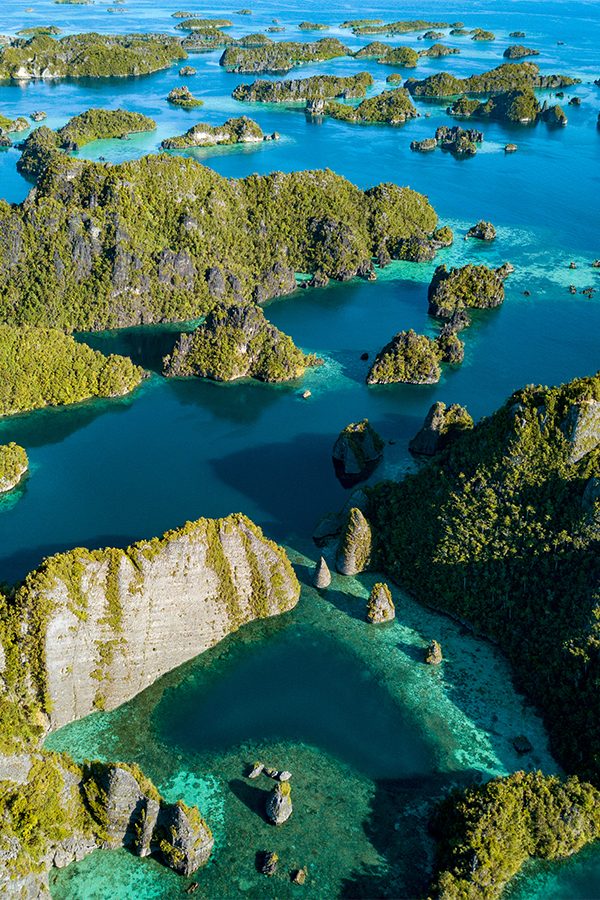
Credit: Getty Images
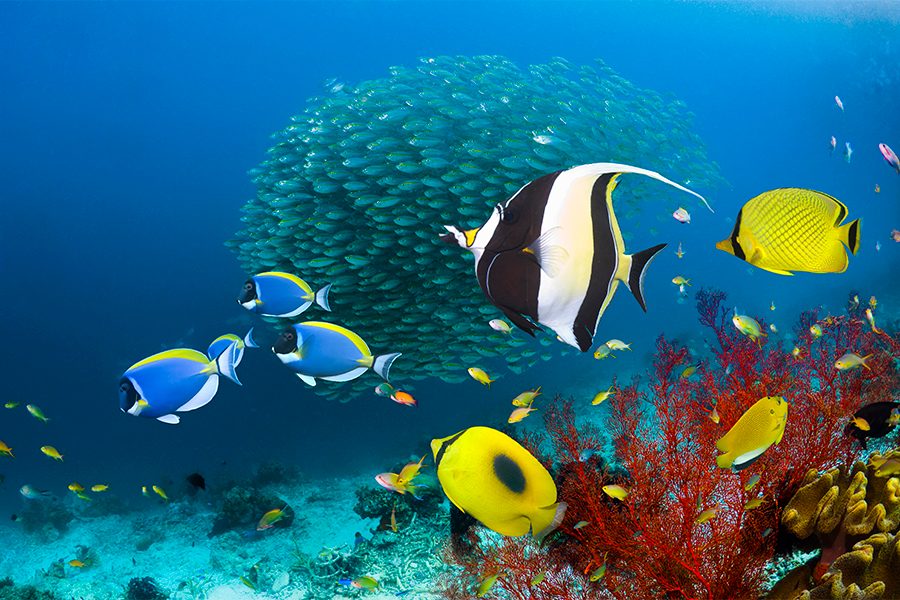
Credit: Getty Images
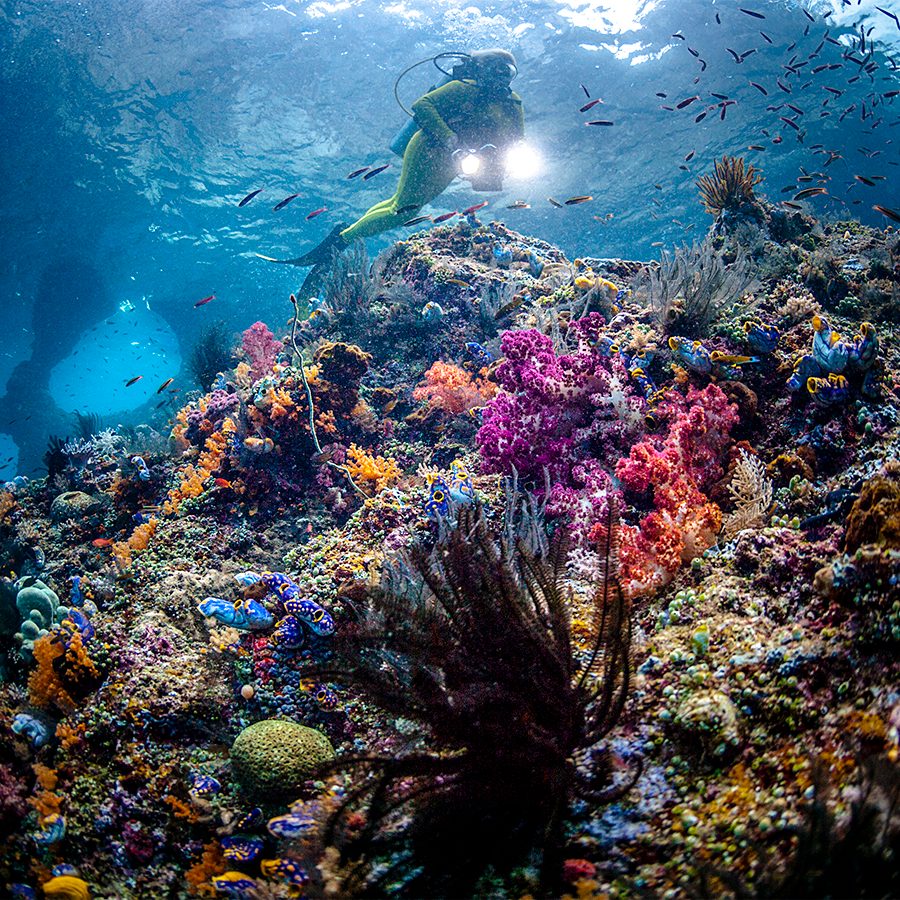
Credit: Getty Images
Raja Ampat, Indonesia
Best for: Drift diving, marine diversity, numerous dive sites
Things to see: Macro marine life, shark diving, rainbow corals
When to go: September to April, when large numbers of manta rays come to enjoy the ‘cleaning stations’ here
This Indonesian coral metropolis is brimming with biodiversity; marine biologist Dr. Gerry Allen broke records when he registered 374 different types of fish in a single 90-minute dive. At world-famous sites such as Cape Kri, you’ll be overwhelmed by schools of scorpion fish, barracuda, tuna, trevallies and rare hawksbill turtles, manta rays and reef sharks. With numerous sites for divers of all different levels, no two dives will ever be the same, so bring your camera and get snapping. And as one of the best places to scuba dive, Raja Ampat has unsurprisingly become home to some of the best dive resorts too: check out eco-resort Misool Resort or the luxe Sorido Bay Resort.
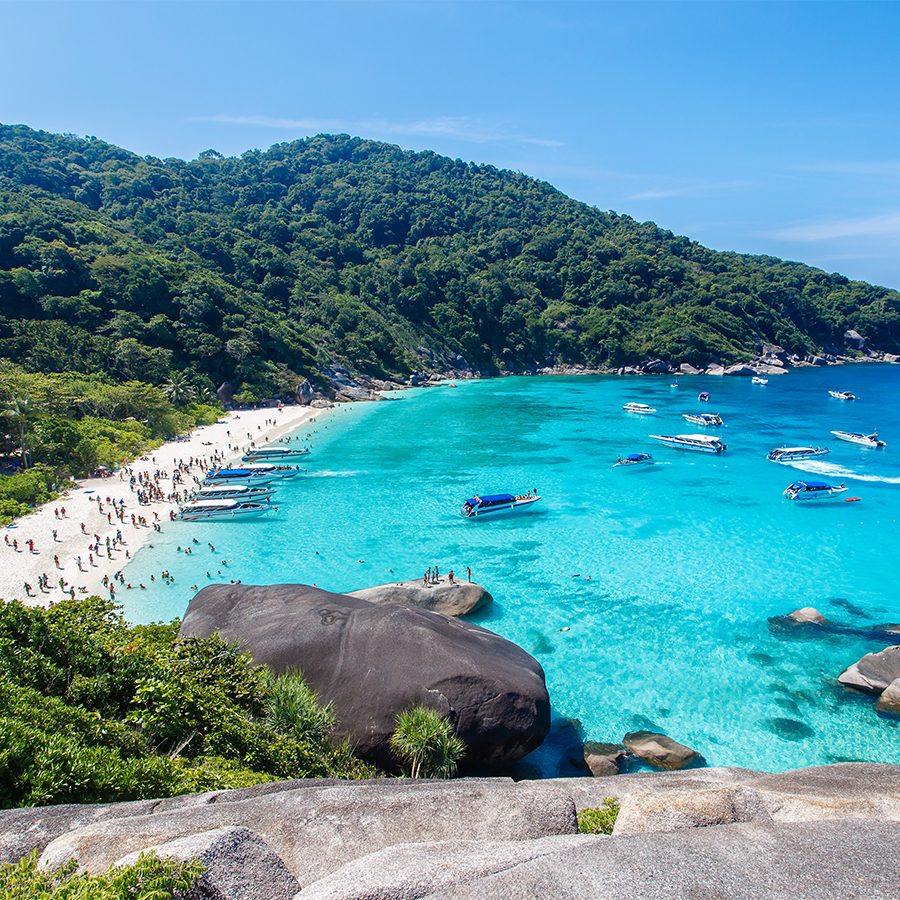
Credit: Getty Images
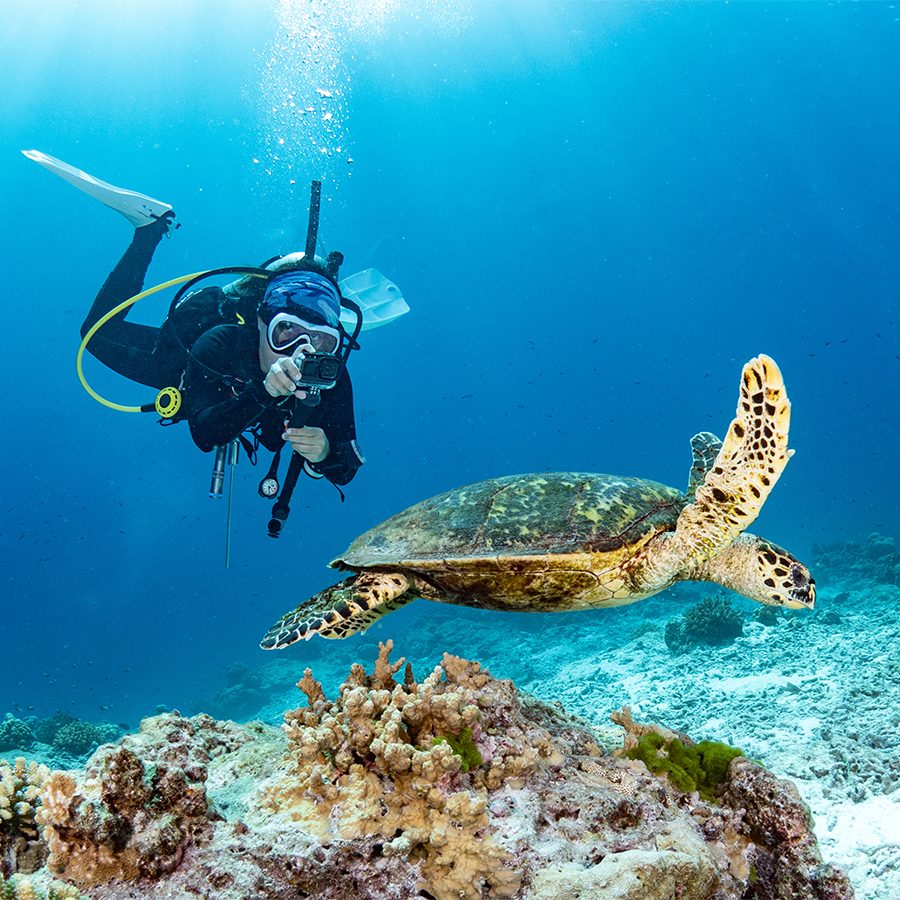
Credit: Getty Images
Similan Islands, Thailand
Best for: Winter sun seekers
Things to see: Whale sharks, moray eels, octopuses, fan corals
When to go: October to May for the greatest visibility to catch whale sharks
As an easy day trip from Phuket, the Similan Islands are a popular destination for scuba tourists. They are open to the public between October and May – ensuring the longevity of Thailand’s most beautiful diving destination. With numerous intermediate dive sites and more challenging liveaboard excursions, you can tailor your trip to your own comfort level. Top spots include the colourful coral gardens of Richelieu Rock, underwater tunnels at Christmas Point and the rugged outcrop of Elephant Head Rock where lionfish lurk in the crevasses.
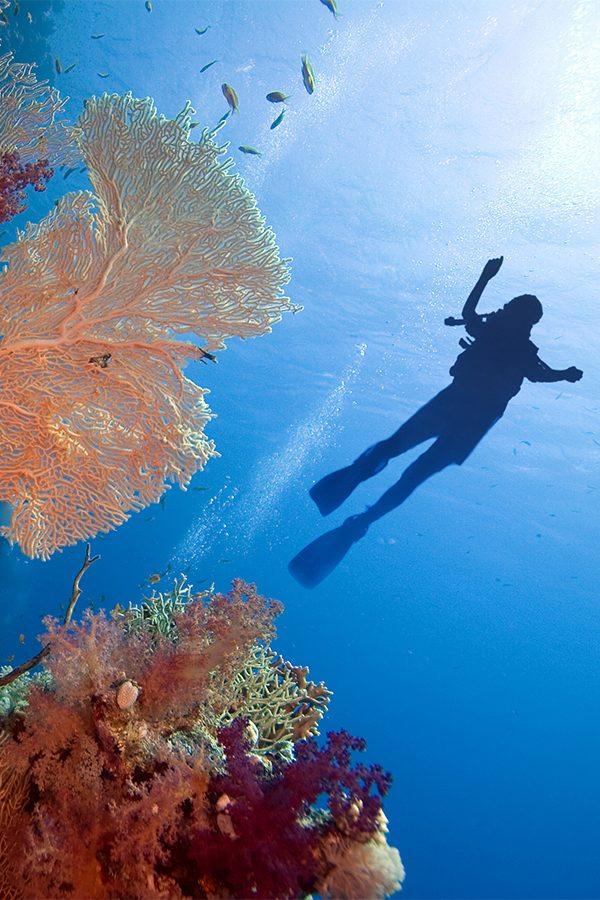
Credit: Getty Images
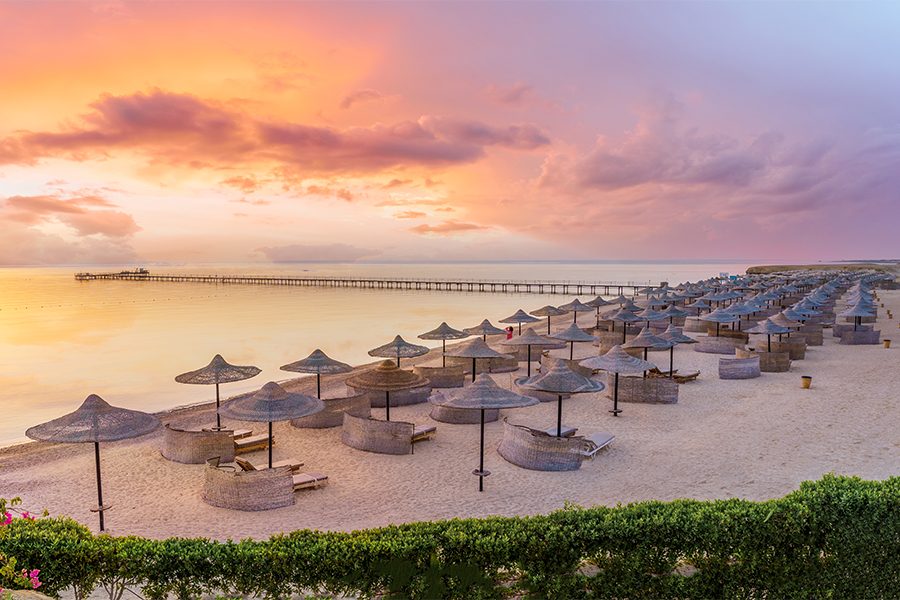
Credit: Getty Images
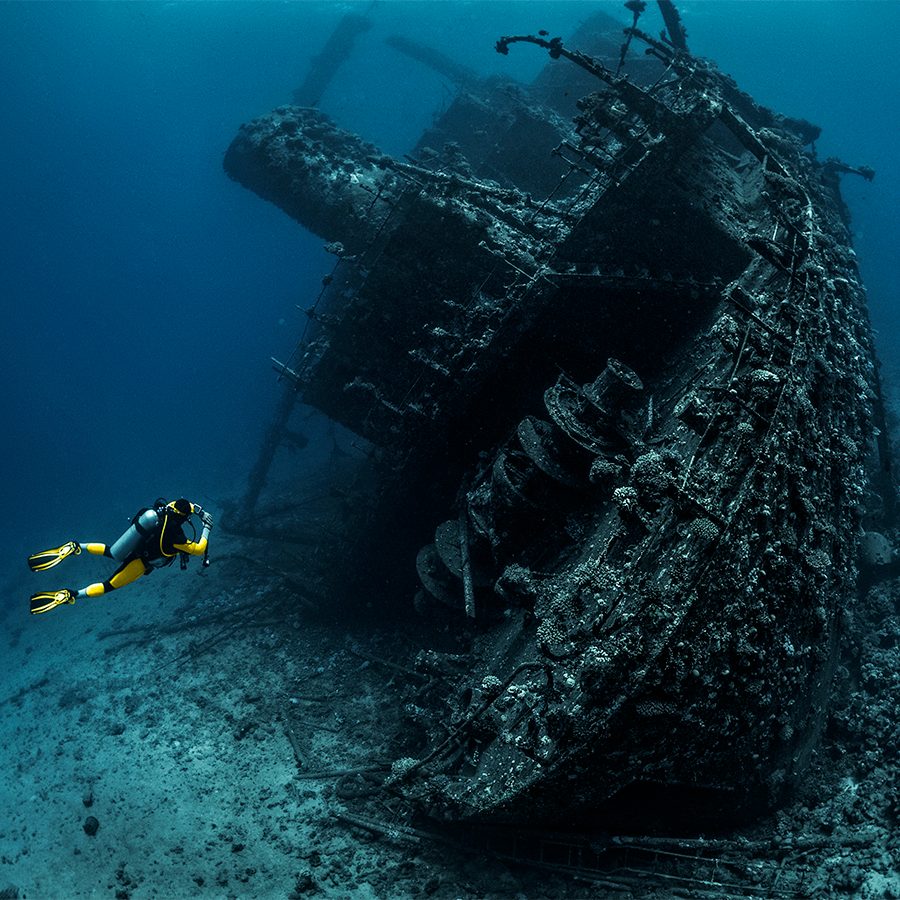
Credit: Getty Images
Red Sea, Egypt
Best for: Shark spotting, shipwreck diving, technical dives
Things to see: WWII shipwrecks, hammerhead sharks, schools of fish
When to go: Year-round, with peak season and best water temperatures (around 28°C) from June to September
Coral gardens, shipwrecks and the world’s most notorious dive site occupy the Red Sea, alongside the sharks, barracuda and dolphins who call it home. Regarded as one of the world’s natural wonders and the third largest reef system on the planet, over 1,000 species of fish can be found in its warm waters. Brave the SS Thistlegorm shipwreck – a WWII ship sunk in the 1940s, filled with barnacled weaponry, trucks and varied marine ecosystems which have claimed it as their own. For the truly skilled and fully prepared, the infamous Blue Hole is also located in Dahab: a 130m sinkhole which some have likened to a scuba diver’s Everest.
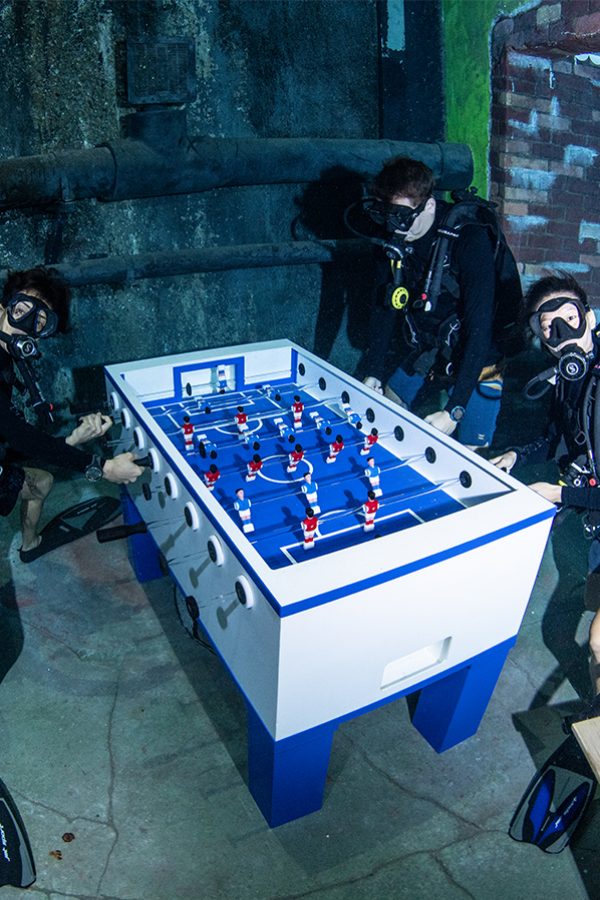
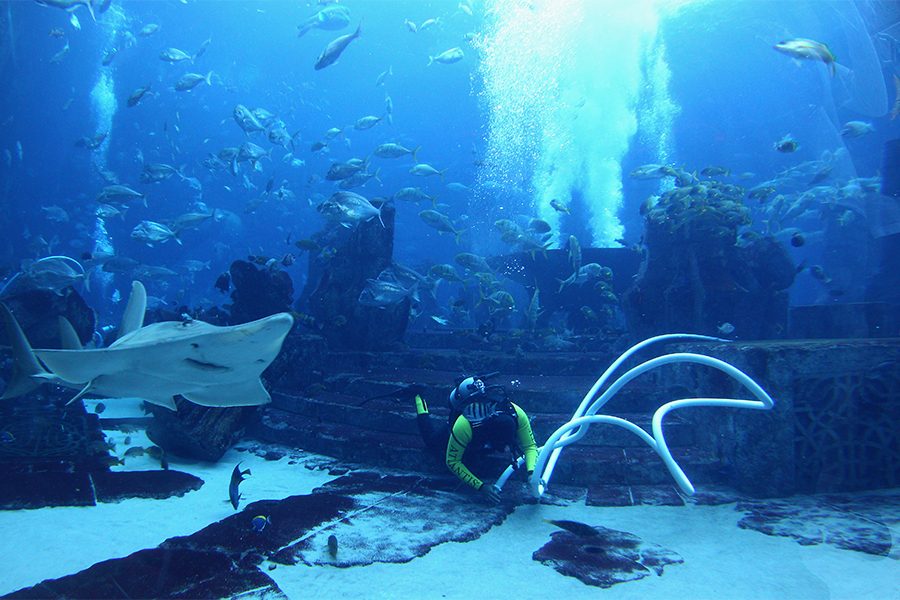
Credit: Getty Images
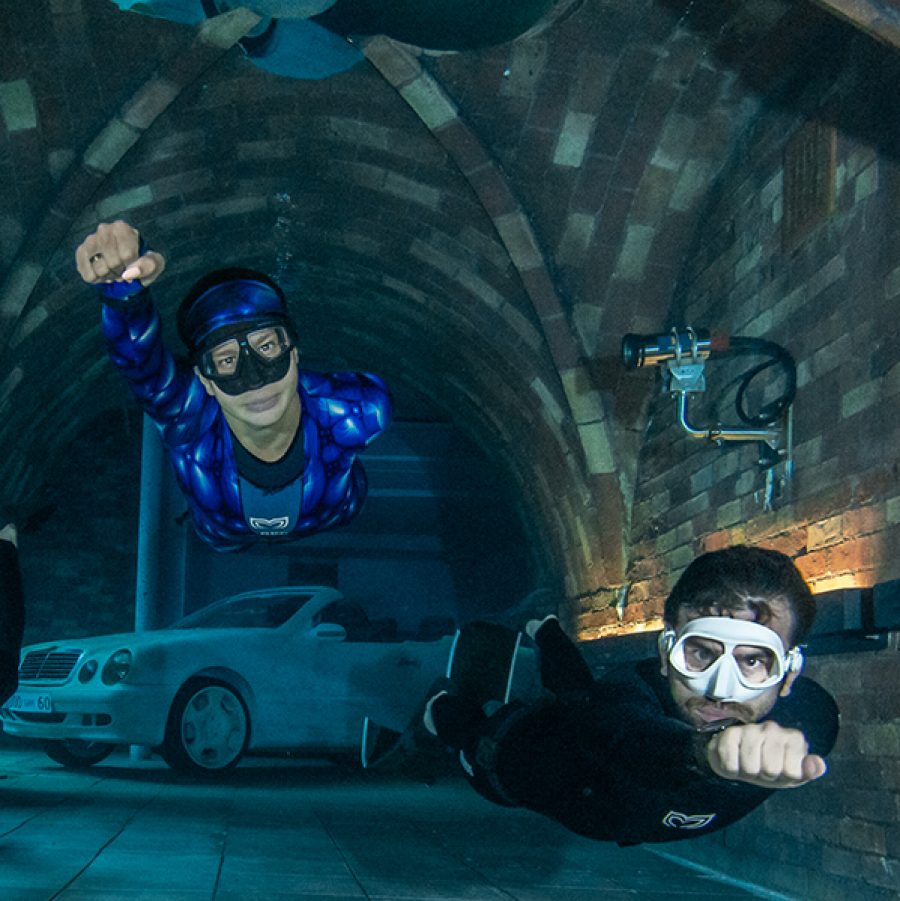
Deep Dive Dubai, Dubai
Best for: Freshwater diving, scuba diving training
Things to see: Underwater motorbikes, apartments and pinball machines
When to go: September to March for the most pleasant weather
Like something out of an aquatic apocalypse, Deep Dive Dubai is an entirely manmade scuba diving experience. Reaching depths of 60m, this amazing yet eerie environment is designed to look like a sunken city, with towering apartment complexes to explore. It’s the little details that tip this location over the top, with everything from sunken Ducati motorcycles to playable chess sets and musical instruments. Geared around dive education, it’s one of the most unique places in the world to learn.
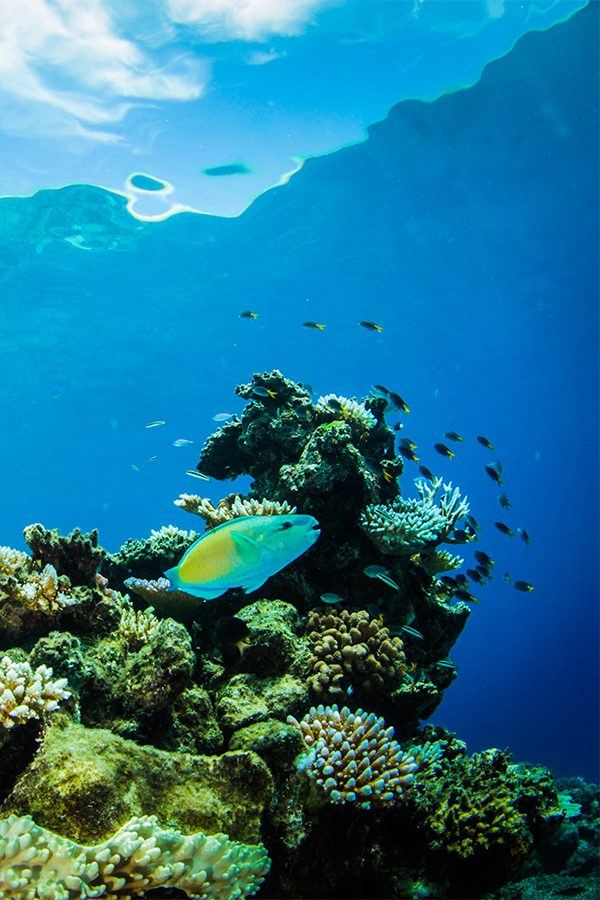
Credit: Getty Images
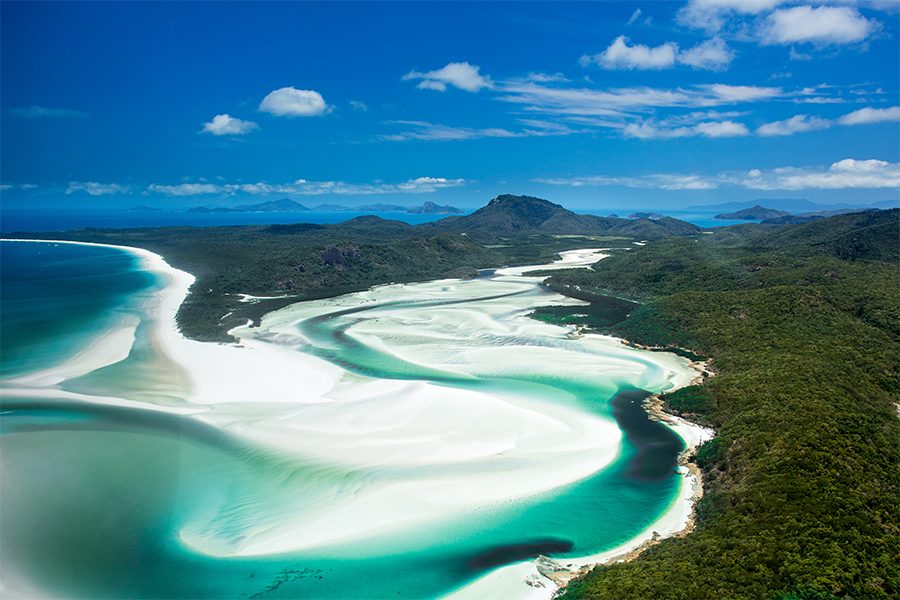
Credit: Getty Images
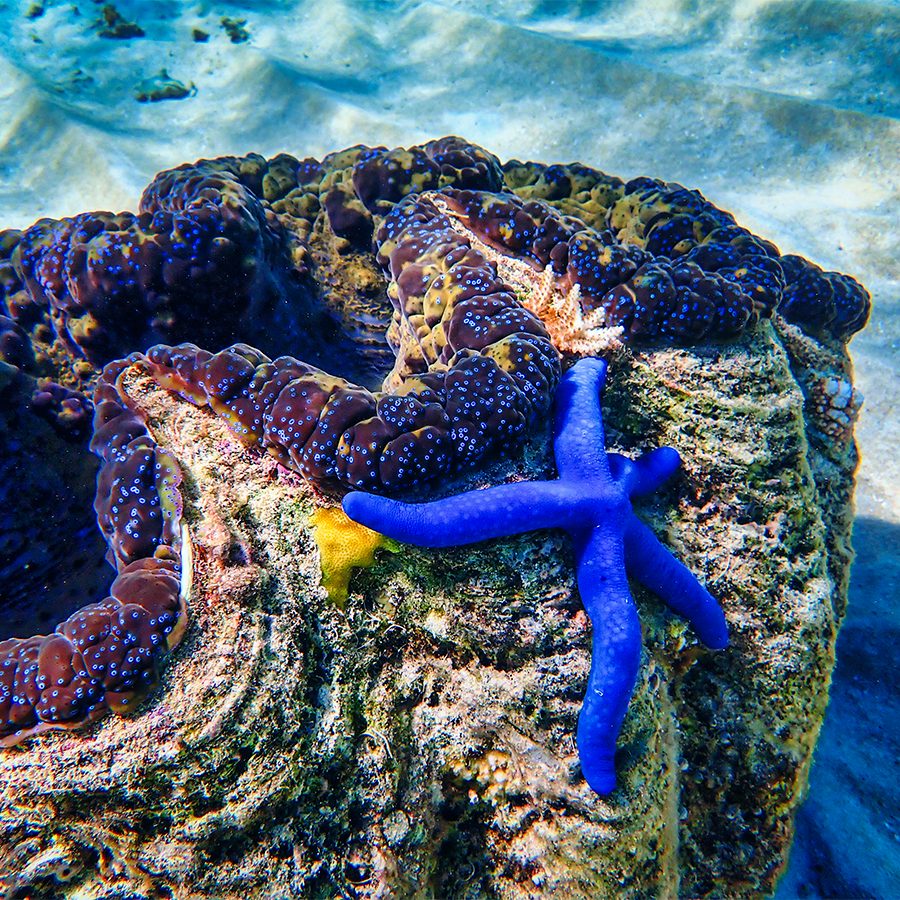
Credit: Getty Images
Great Barrier Reef, Australia
Best for: Reef hopping and liveaboard excursions
Things to see: Clownfish, turtles, manta rays, Maori wrasse, reef sharks
When to go: June to October for the best visibility and diving conditions
It’ll come as no surprise that Australia’s most famous natural wonder is on this list. This World Heritage listed site is home to over 3,000 reef systems, charming islands and over 1,600 fish species. As the inspiration behind Finding Nemo’s vibrant landscape, expect to find clownfish tucked away in anemone tendrils, colourful Maori wrasse giants, friendly potato cod and migrating whales. The biggest challenge will be narrowing your dives to just a handful of sites. To get you started, head to the SS Yongala for one of the world’s best wreck dives, the beginner-friendly Agincourt Reef and the underwater coral cliffs of the Whitsunday Islands. For something truly different, John Brewer Reef houses an underwater museum accessible only to divers and snorkellers, called the Museum of Underwater Art.
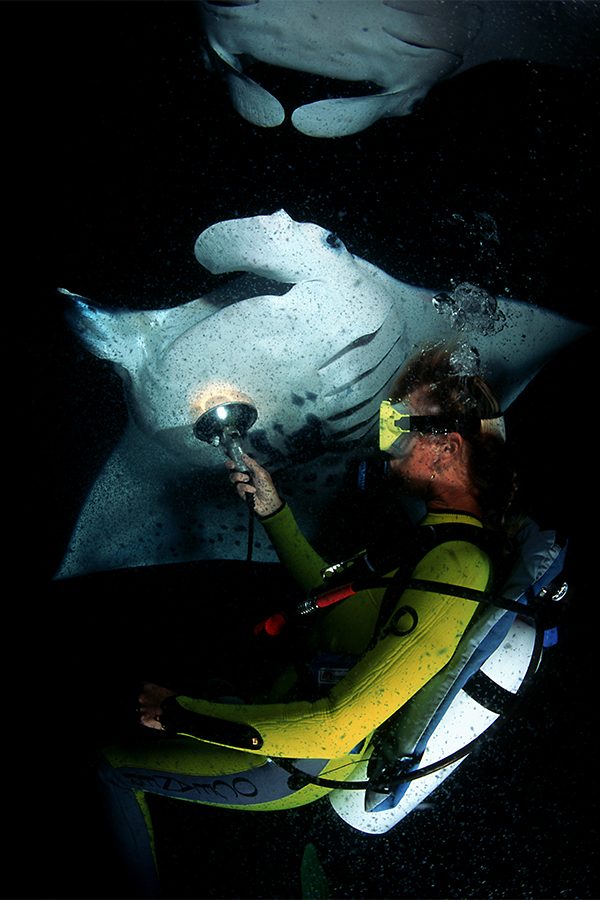
Credit: Getty Images
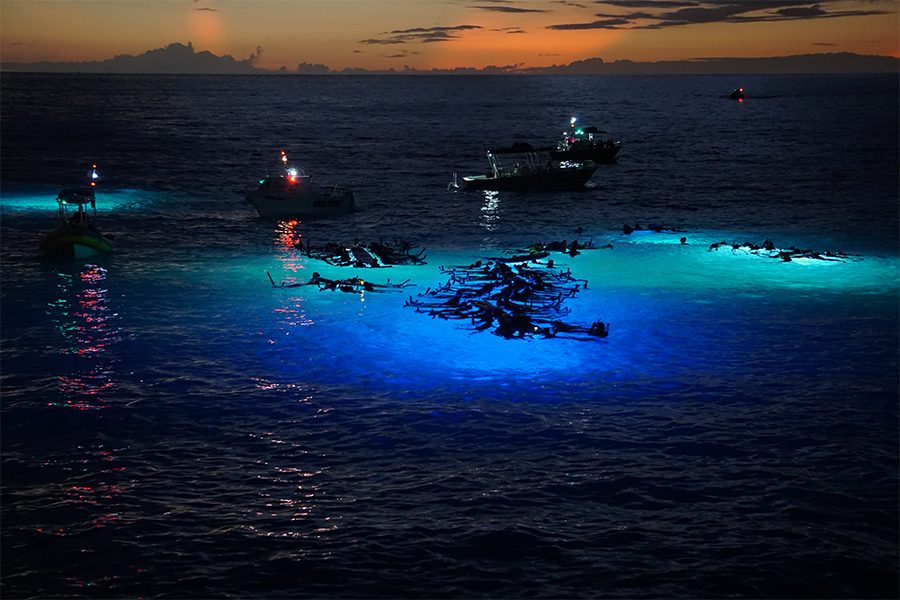
Credit: Getty Images
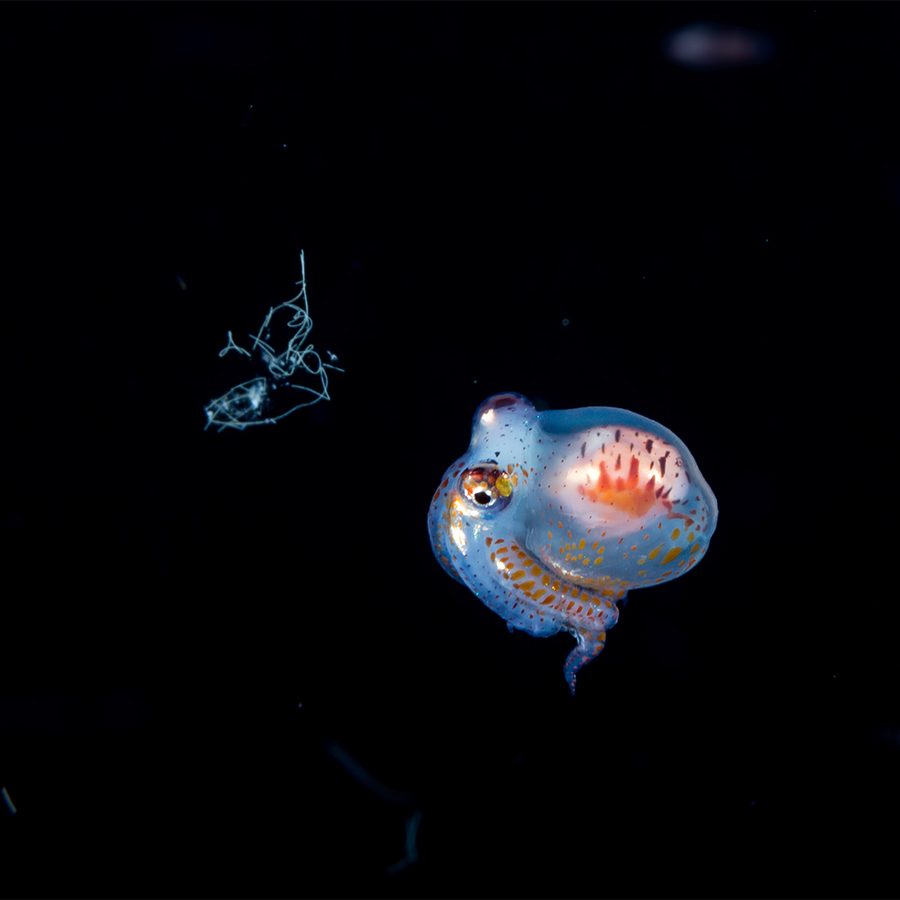
Credit: Getty Images
Kona, Hawaii
Best for: Night dives
Things to see: Hundreds of manta rays
When to go: Year-round, but September and January are the least crowded months
Regarded as one of the best night dives in the entire world, the waters of Kona are home to over 200 manta rays. At night, they converge around the bright underwater lights cast by divers and boats to feed on hordes of plankton, also drawn there by the beams of light. Join a scuba tour and watch entire schools of these gentle giants dance overhead – you’re going to want to bring your GoPro.
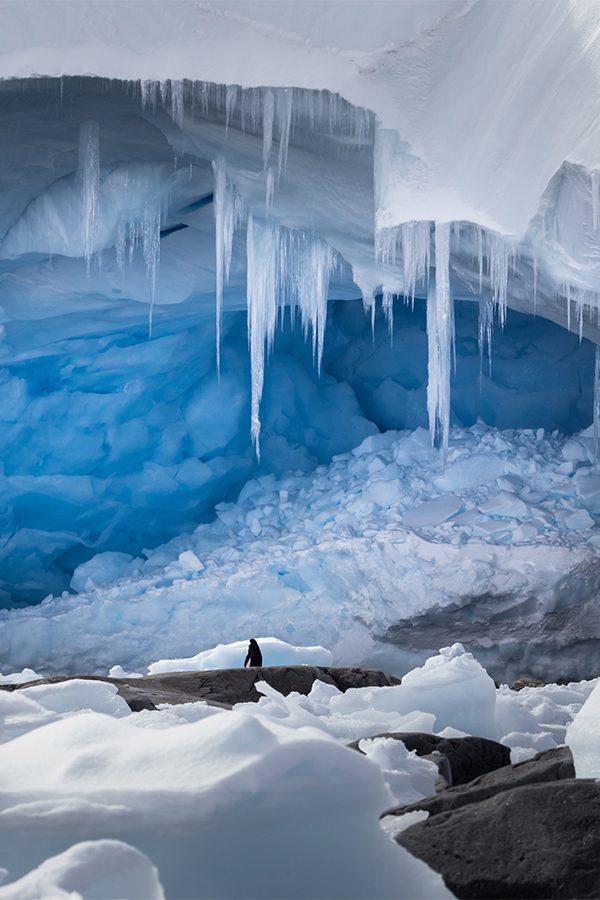
Credit: Getty Images
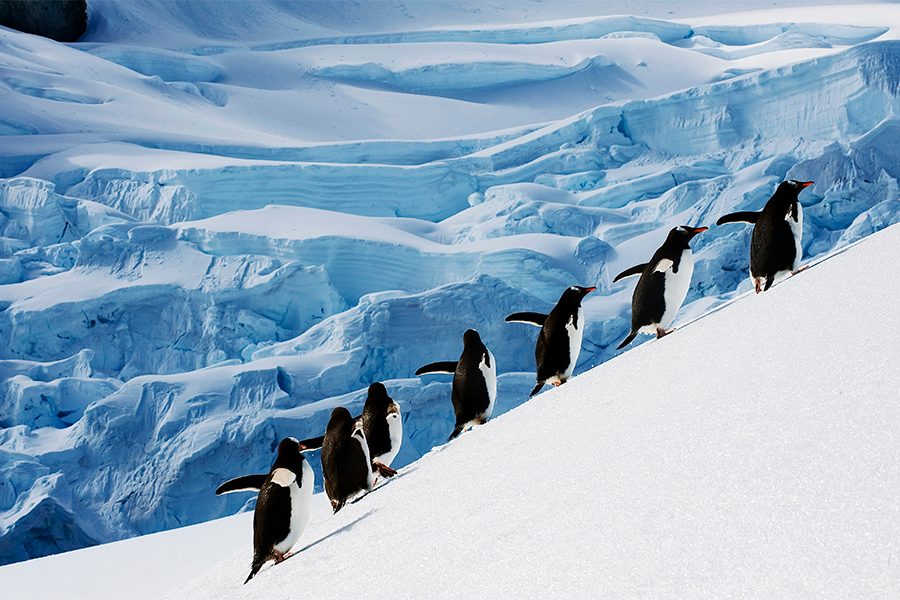
Credit: Getty Images
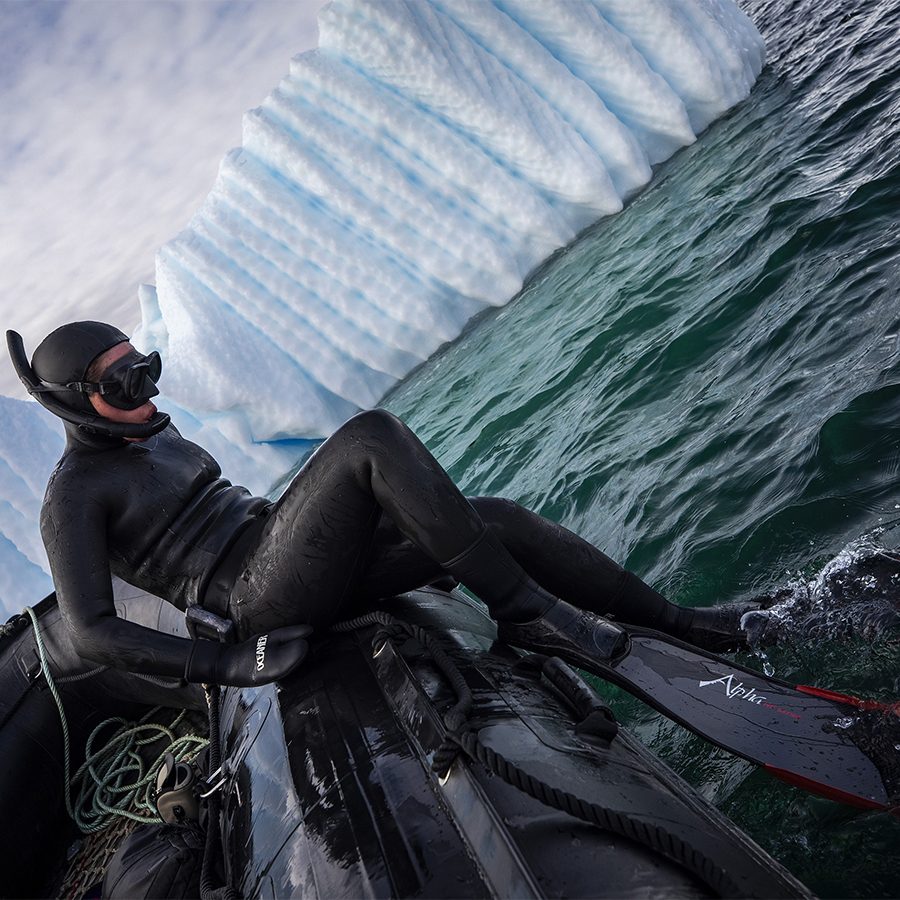
Credit: Getty Images
Antarctica
Best for: Ice diving
Things to see: Penguins, leopard seals, glaciers
When to go: November to March for the best visibility before plankton blooms, but it also depends on the level of pack ice which varies each year
Diving among the glaciers in Antarctica will completely flip everything you once knew about scuba on its head, thanks to a unique marine ecosystem you won’t find anywhere else. One of the most advanced dives on this list, the freezing temperatures aren’t the only obstacles you’ll face, as you’ll need to rack up a number of qualifications and go through a specialised tour operator. At the end of the day though, it’s an utterly extraordinary experience to flap your fins alongside divebombing penguins and fairy-like sea butterflies in one of the coldest places on earth.
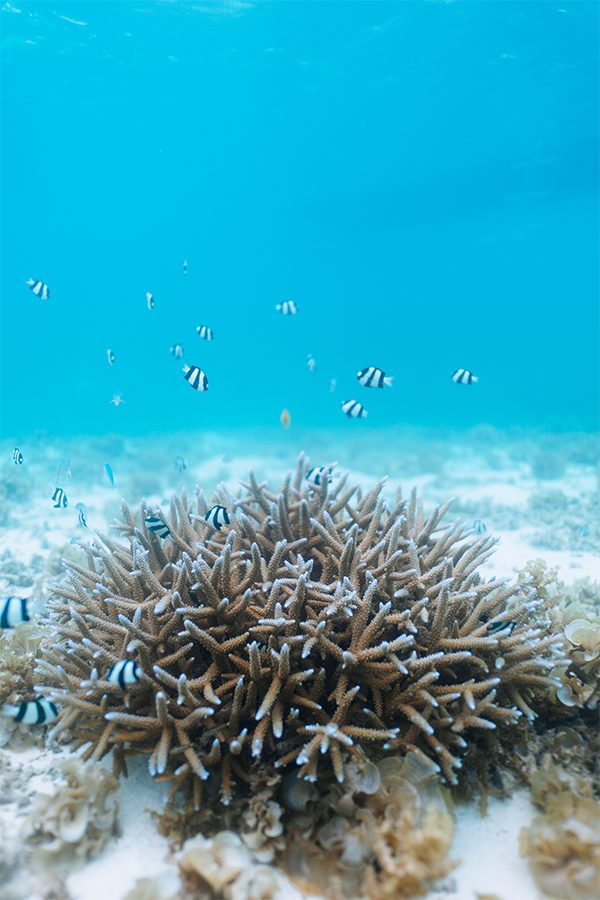
Credit: Getty Images
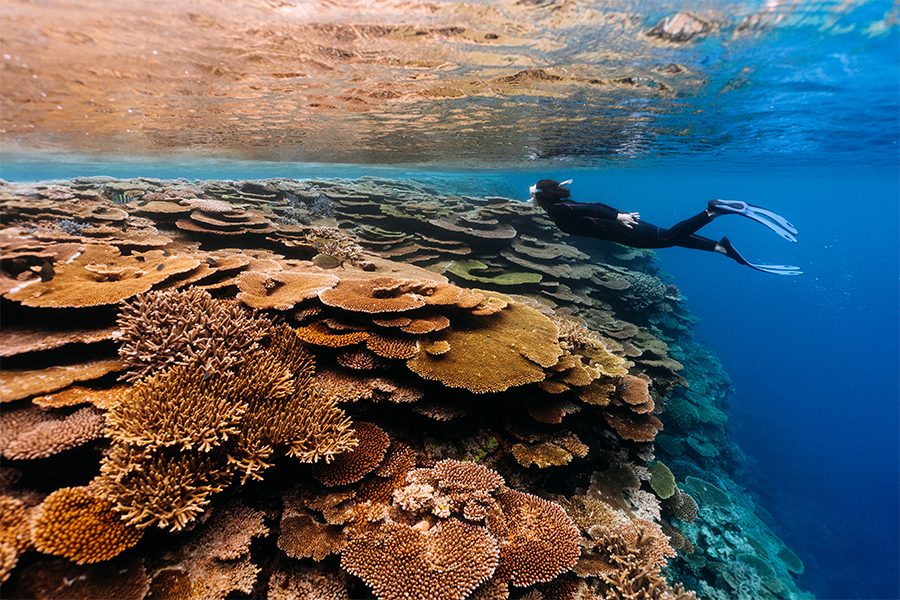
Credit: Getty Images
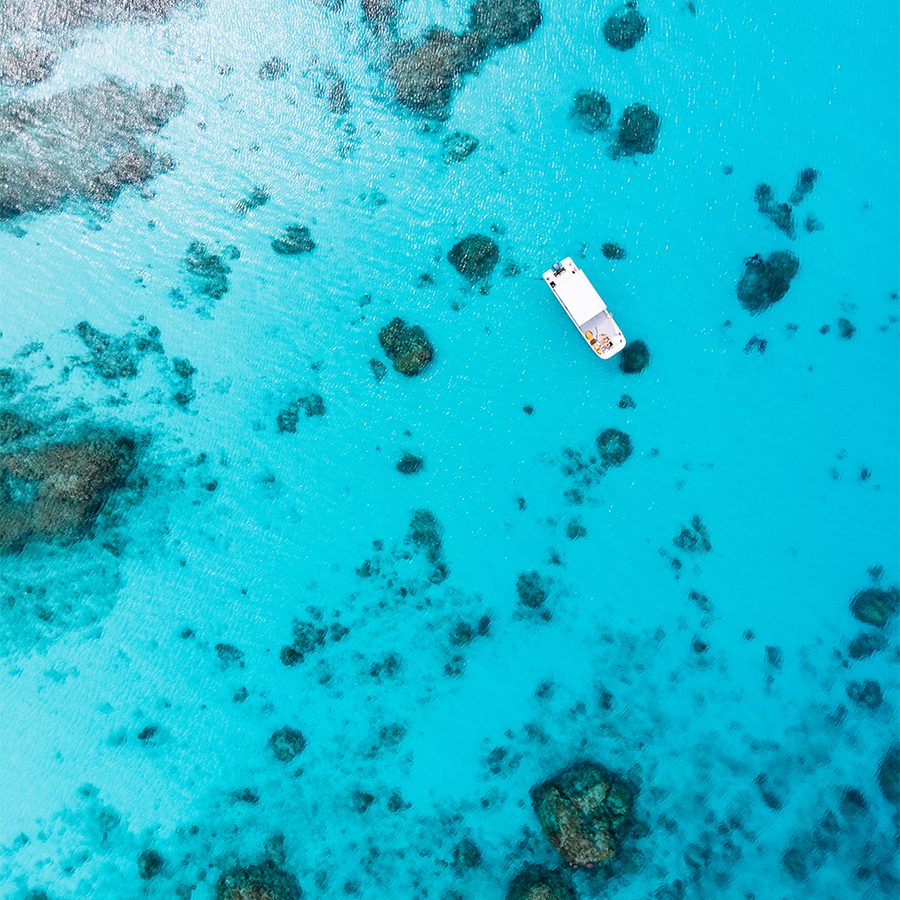
Credit: Getty Images
Okinawa, Japan
Best for: Shipwrecks and cave diving
Things to see: Blue coral, manta rays, WWII shipwrecks, hammerhead sharks
When to go: Mid-July to early September to enjoy the better weather and to avoid typhoon season
Make a memorable journey out to this far-flung Japanese archipelago, renowned for its rare blue coral and diverse dive sites. Amid World War II shipwrecks such as the USS Emmons and ethereal underwater caves, the lush coral reefs here are home to tropical fish and curious turtles. For a rewarding technical dive, visit Satan’s Palace, where gigantic beams of light illuminate underwater caverns – it’s a fantastic place to push the limits of your bravery. Alternatively, steel yourself and explore the eerie underwater ruins beneath Yonaguni Island, where hammerhead sharks languidly circle the decaying monuments.
Hero image: Getty Images
More inspiration
- China – the Chinese Mainland, Hong Kong SAR, Macao SAR and Taiwan Region
- Hong Kong SAR - English
- Chinese Mainland (China) - English
- Taiwan China - English
- 香港特別行政區 - 繁體中文
- 中国內地 - 简体中文
- 中國台灣 - 繁體中文
- Africa
- South Africa - English
- Asia
- Bangladesh - English
- Korea - English
- Singapore - English
- Cambodia - English
- 한국 - 한국어
- Sri Lanka - English
- India - English
- Malaysia - English
- Thailand - English
- Indonesia - English
- Maldives - English
- ประเทศไทย - ภาษาไทย
- Indonesia - Bahasa Indonesia
- Myanmar - English
- Vietnam - English
- Japan - English
- Nepal - English
- Việt Nam - tiếng Việt
- 日本 - 日本語
- Philippines - English
- Australasia
- Australia - English
- New Zealand - English




.renditionimage.450.450.jpg)


